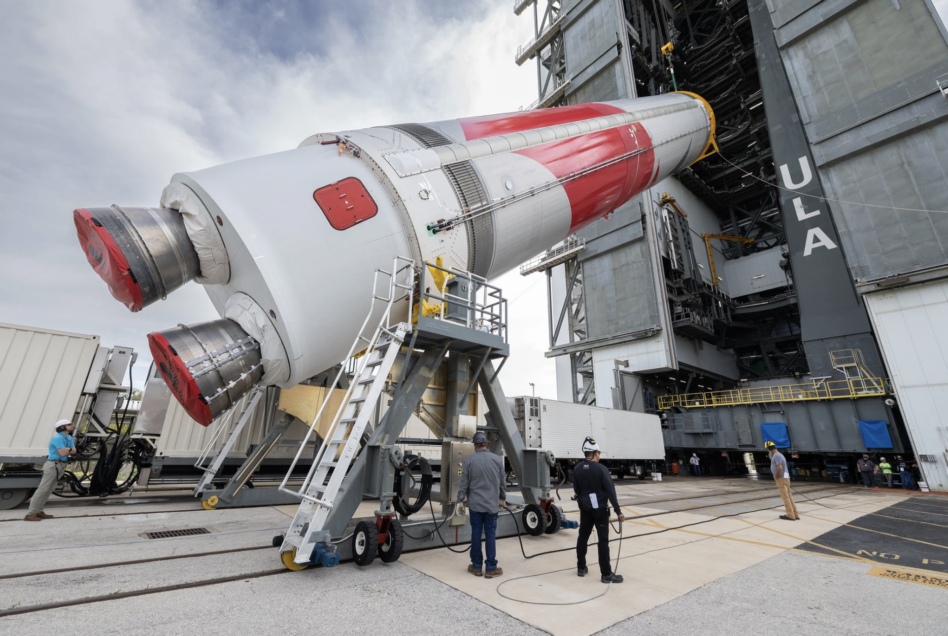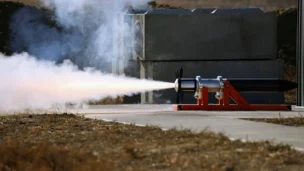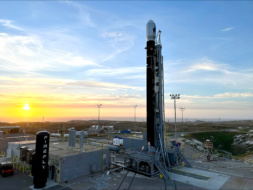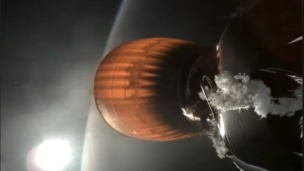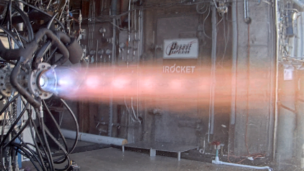The space world will have to wait a little bit longer to see Vulcan fly.
The ULA rocket’s maiden launch has been delayed to Q4 while engineers fix a structural issue with its Centaur V second-stage rocket that caused May’s monstrous explosion on the test stand, ULA chief Tory Bruno announced yesterday.
Right of boom: On March 29, a hydrogen leak during ULA’s 15th Centaur V structural test caused a massive explosion at NASA’s Marshall Space Flight Center in Alabama. An investigation revealed the leak originated from the second stage’s forward dome.
ULA attributed the leakage to a higher-than-expected load on a particularly vulnerable section of the dome and weaker than anticipated welding.
Steel Band-Aid remedy: ULA will add another layer of stainless steel to reinforce the area. The extra steel will add another 300 lbs of weight for the next flight and 150 lbs for future missions. The added mass will not impact its upcoming mission payloads.
Bruno anticipates that the qualification testing for the new steel bandage will be completed four to six weeks prior to the scheduled Q4 flight. The structural qualification of Centaur V is the rocket’s final hurdle.
The revised Vulcan mission schedule is below:
- Cert-1: Q4 2023. Vulcan will send two satellites for Amazon’s Project Kuiper to LEO and an Astrobotic lunar lander to the Moon.
- Cert-2: Q1 2024. The heavy-lift rocket will launch Sierra Space’s Dream Chaser to the ISS.
- Space Force: Q2 2024. After the first two certification missions, ULA will launch a USSF national security payload.
BE-4 explodes: On June 30, a Blue Origin BE-4 engine destined for a future Vulcan rocket exploded during an acceptance test. During the call, Bruno said that these anomalies are not unusual and he was confident that the incident will not impact their business as half a dozen engines have already been certified.
Nerd out on build rates: Blue Origin is currently building two BE-4 engines per quarter and will begin ramping up that production.
ULA aims to build 25 Vulcan rockets a year by 2025.
